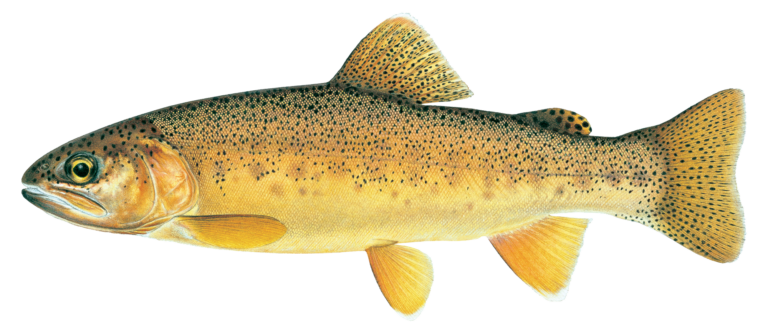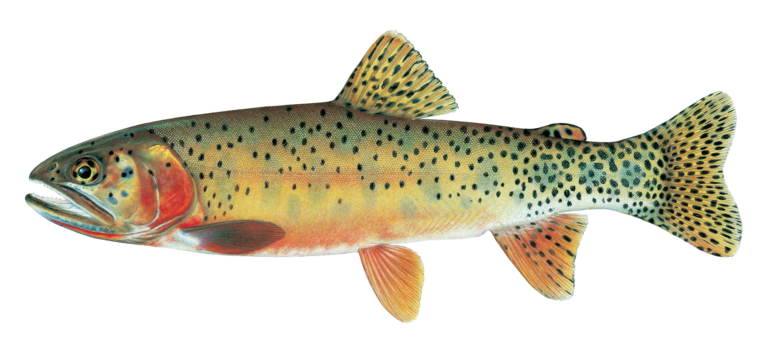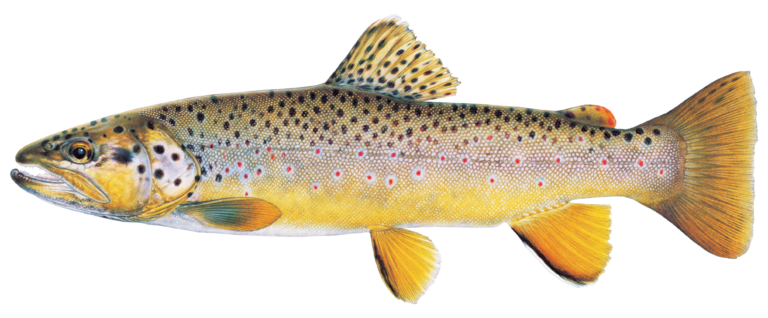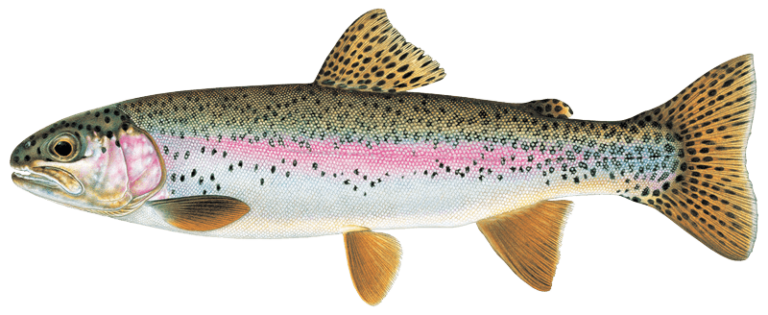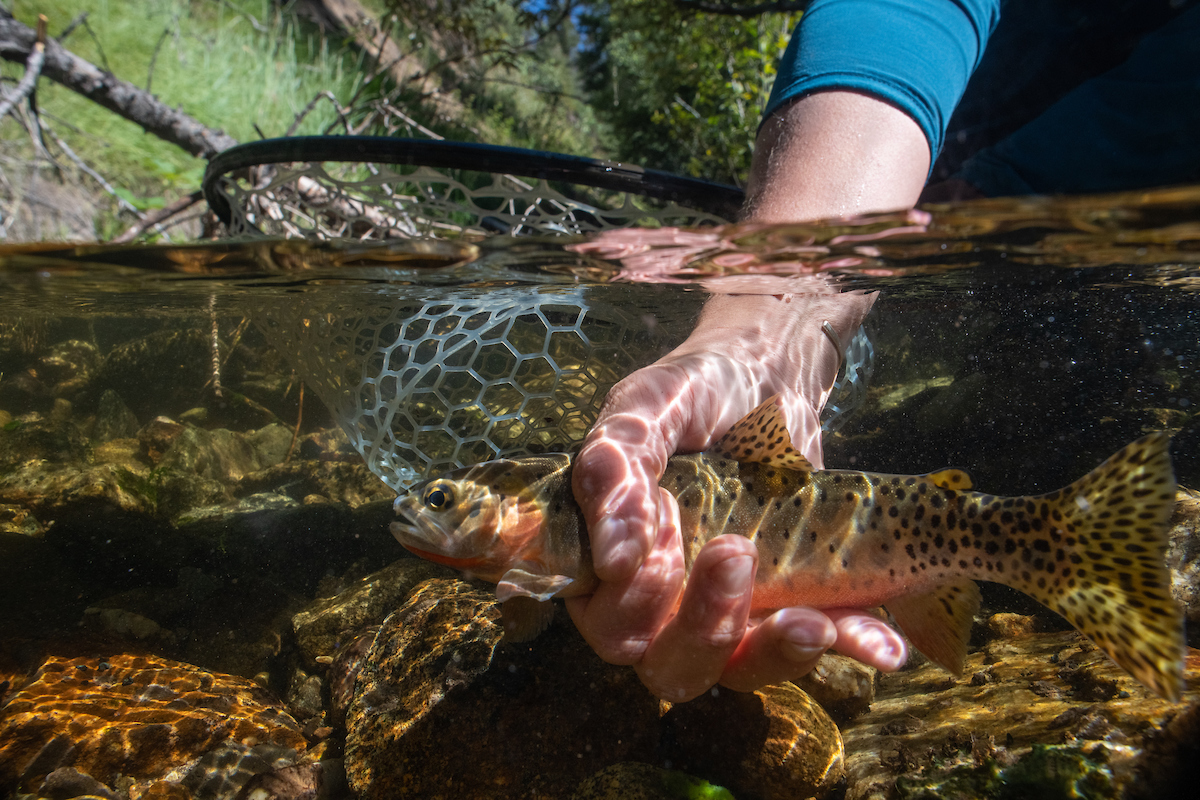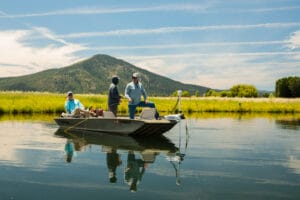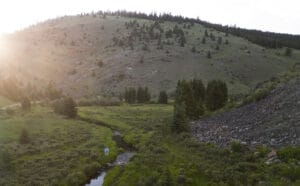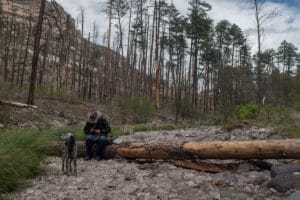New Mexico

Overview
The Land of Enchantment is the home to some of the Southwest’s premier fisheries: the San Juan, the Upper Rio Grande, the Cimmaron, the Chama, and the Pecos rivers draw anglers from near and far. Two native species, the Rio Grande cutthroat, and the Gila trout, come in for special attention. We are partnering with diverse communities and stakeholders to protect and restore habitat for native and wild trout and make our rivers and watersheds more resilient to a changing climate. With agency partners, Indigenous and Hispanic land grant communities, and private landowners, we are restoring habitat and improving rivers and streams—work that creates family-wage jobs, produces cleaner water and recovers trout fisheries in New Mexico.
Threats & Opportunities
Drought, low flows, and degraded habitat threaten New Mexico’s wild and native trout. However, state and federal funding opens the door for habitat improvements. TU spearheaded advocacy that led to the Land of Enchantment Legacy Fund, the state’s first permanent funding source for New Mexico conservation and habitat restoration. The fund will help New Mexico restore natural fire regimes, foster healthier rivers, support regenerative agriculture, and improve outdoor recreation opportunities.
How We Work
Native Trout Recovery
Our work focuses on recovering robust populations of native Gila trout and Rio Grande cutthroat trout, New Mexico’s state fish. We work closely with the New Mexico Department of Game & Fish on the shared priorities of restoring impaired habitat and re-establishing resilient fish populations.
Community Development
Restoring streams requires investing in the communities that depend on them for everything from drinking water to tourism to agriculture. In the last decade, we have helped secure over $3 million in funding for the restoration of watersheds near Questa, Chama, Costilla, and Jemez Springs, spurring economic development and improving coldwater habitat.
Post-Fire Restoration
In a Southwest region experiencing hotter and longer fire seasons, TU is working with state and federal agencies to restore stream ecosystems damaged by wildfire and rescue native trout populations threatened by fires.
Watershed Protections
TU has been working to secure permanent protections for Rio Grande cutthroat habitat in tributary streams along the Pecos River. According to New Mexico Game and Fish, the upper Pecos River is the state’s second most popular trout fishery, hosting more than one million angler days per year. The watershed is currently the target of a multi-national mining company intent on developing the watershed’s mineral resources. Together with the Stop Tererro Mine Coalition, TU has organized broad community support to protect the Pecos with recreation, agriculture, water users, environmental, local government, and Tribal and Pueblo stakeholders.
How You Can Help
Learn more about the ways you can help us recover New Mexico’s rivers, streams, and native trout
TAKE ACTIONStay informed about what we’re doing in New Mexico and across the Southwest.
New Mexico Conservation Team

Kevin Terry
Southwest Program Director
kevin.terry@tu.org
Southwest Program Director
kevin.terry@tu.org

Dan Roper
New Mexico State Lead
dan.roper@tu.org
New Mexico State Lead
dan.roper@tu.org
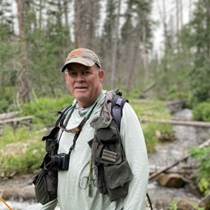
Toner Mitchell
New Mexico Water and Habitat Program Coordinator
toner.mitchell@tu.org
New Mexico Water and Habitat Program Coordinator
toner.mitchell@tu.org
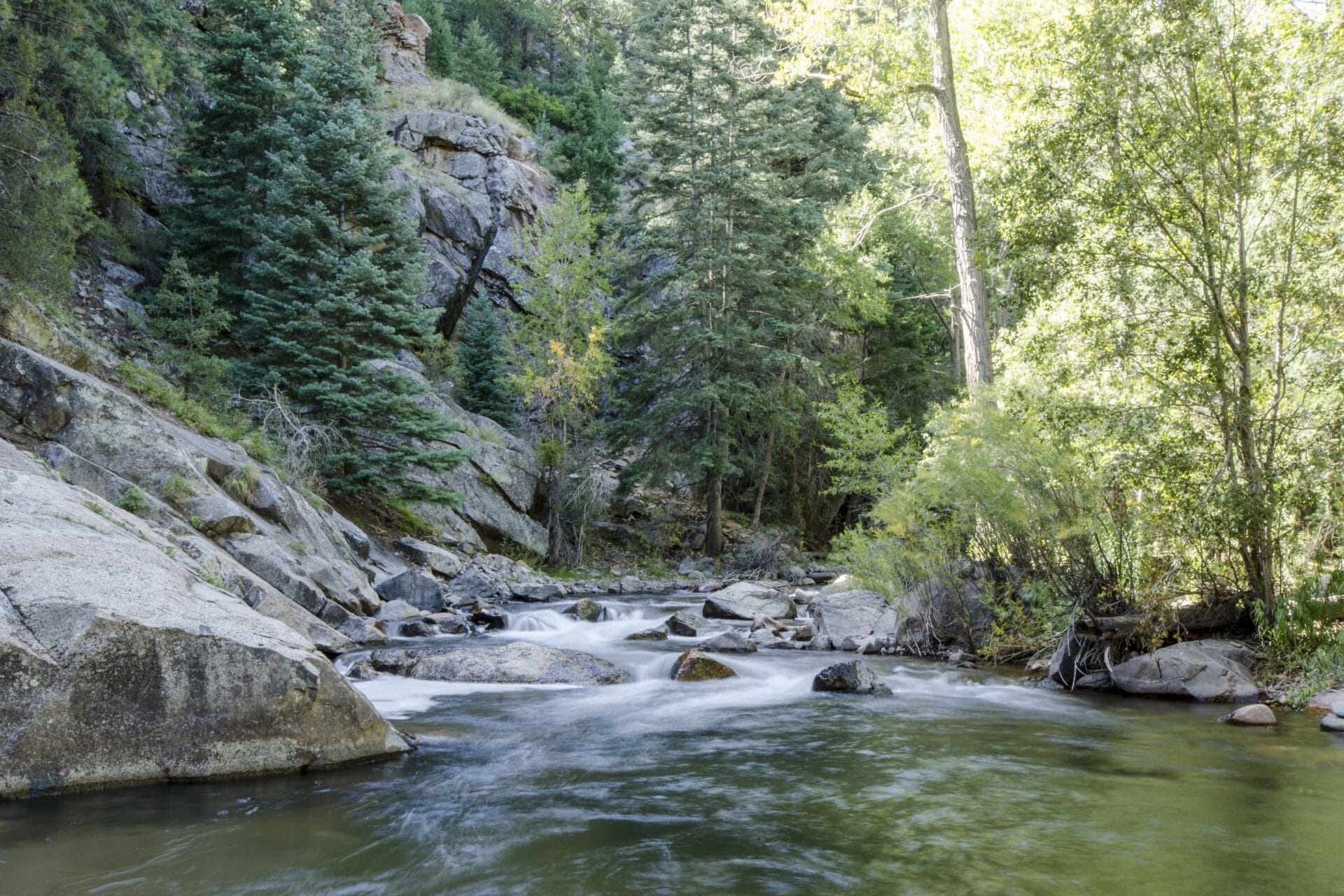
Garrett Hanks
Northern New Mexico Project Manager
garrett.hanks@tu.org
Northern New Mexico Project Manager
garrett.hanks@tu.org

Claire Catlett
Upper Rio Grande Engagement Manager
claire.catlett@tu.org
Upper Rio Grande Engagement Manager
claire.catlett@tu.org
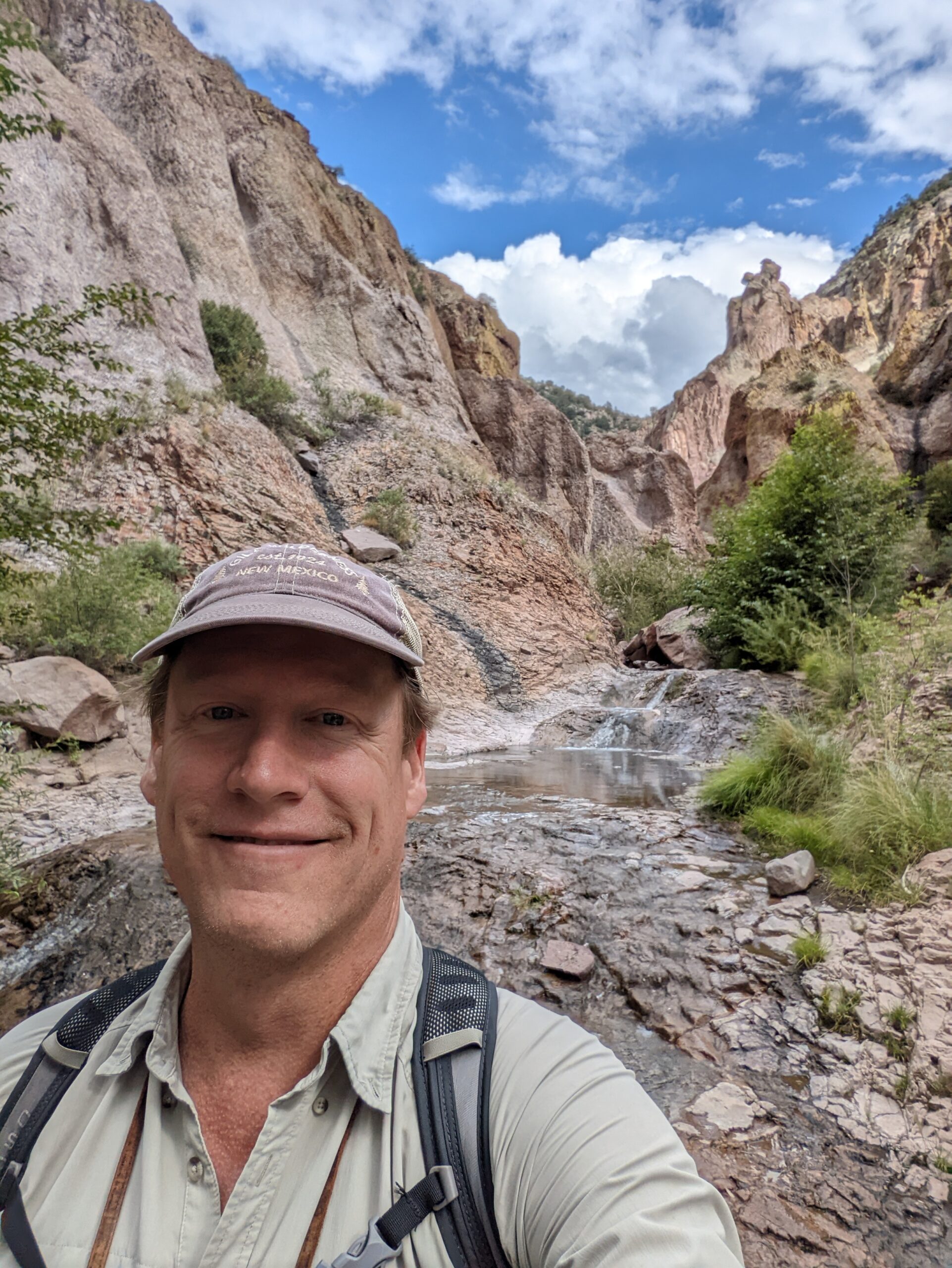
Eric Head
Gila Trout Project Manager
eric.head@tu.org
Gila Trout Project Manager
eric.head@tu.org
Priority Waters

-
Upper Rio Grande Basin
Protecting and restoring the functionality of watersheds, streams, and riparian areas to benefit fish and wildlife, as well as New Mexico communities, has been at the heart of TU’s work in the Upper Rio Grande Basin for over a decade. Our work entails combining cutting-edge policy advocacy and community engagement with on-the-ground restoration designed to improve stream flows, restore ecological function, and provide for aquatic and riparian connectivity across the region. Our long-term goal is to rebuild healthy, resilient populations of Rio Grande cutthroat trout, a native trout species that now occupies a mere 11 percent of its historic habitat.
-
Headwaters of the Gila River
One of the longest rivers in the West, the Gila River is a 649-mile tributary of the Colorado River that provides habitat for two native trout, the Apache and Gila trout. Most of the remaining high-quality habitat for Gila trout can be found in the headwater streams of the Gila River watershed in southwest New Mexico. This region offers promising opportunities for native trout conservation in the years ahead through a combination of on-the-ground project work, policy advocacy, and community engagement, with benefits extending beyond Gila trout to entire watersheds and native species in the greater Gila ecosystem.

